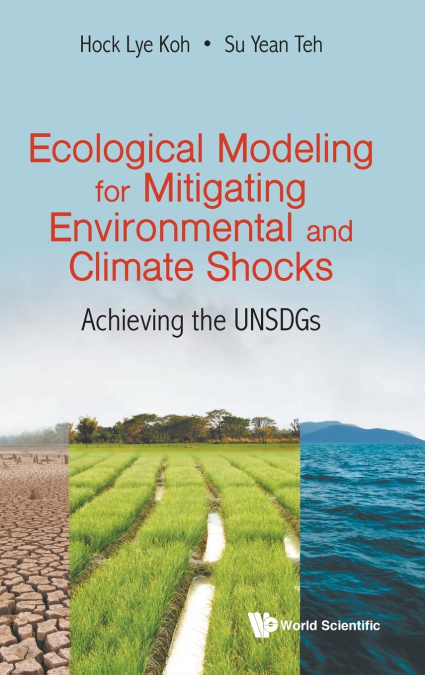
Hock Lye Koh / HOCK LYE KOH & SU YEAN TEH / Su Yean Teh
Lakes, wetlands and coastal regions provide essential services critical to the survival of human, wildlife and, by and large, the ecosystems, which are constantly threatened by anthropogenic activities, environmental degradation and climate change. Marine resources, particularly mangroves and corals, are vulnerable to coastal developments, including coastal reclamation, and human settlements that discharge large quantities of wastes into the seas. Climate change impacts, such as increased salt intrusion and sea level rise, may additionally induce regime shifts detrimental to these delicate ecosystems. And the warmer climate has increased the frequency, duration and intensity of catastrophic coastal disturbances, implicating profound uncertainty to the sustainability of coastal infrastructures and resources essential for human populations.This book is written for students, researchers and practitioners pursuing teaching and research related to sustainable development, and the United Nations’ Sustainable Development Goals (UNSDGs). It provides a unique approach on sustainable development, viewed from the perspectives of providing solutions via model simulation, to solve sustainable development issues related to human population growth, and impacts due to climate change. It provides the scientific knowledge and technical skills necessary to achieve valuable insights for mitigating the predicted adverse impacts and for developing sustainable development strategies, incorporating climate and environmental adaptations.